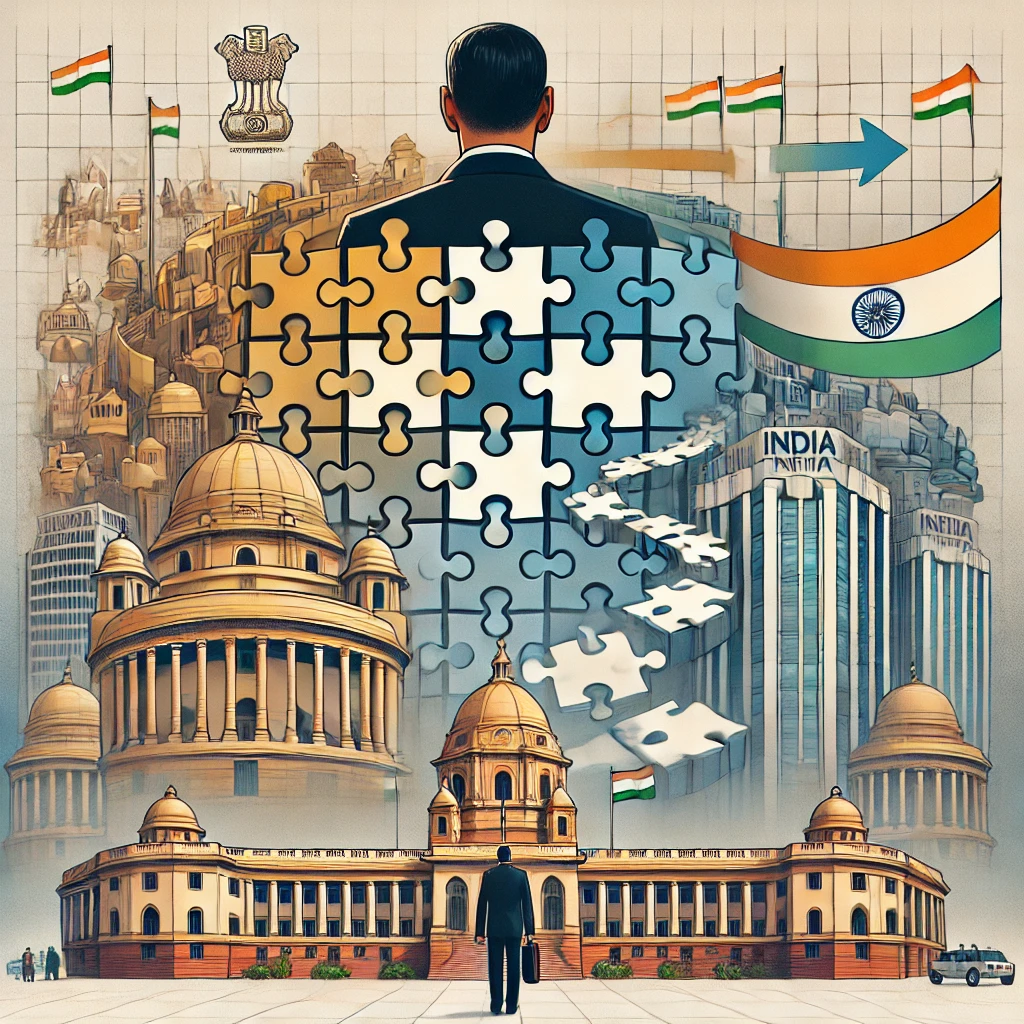The Great Indian Government Cleanup: Cutting Red Tape & Boosting Efficiency
In the global discourse on government efficiency, much has been made of the radical approaches undertaken by the likes of former U.S. President Donald Trump’s Department of Government Efficiency (DOGE) and Argentina’s President Javier Milei’s aggressive state-shrinking policies. However, a less sensational yet equally impactful transformation has been quietly unfolding in India over the past eight years.
Under the strategic oversight of the Prime Minister’s Office (PMO) and the recommendations of the Committee for the Review of Autonomous Bodies, led by former finance secretary Ratan Watal, India embarked on an ambitious journey to restructure and rationalize its governmental apparatus. The intent was clear—eliminate redundancy, merge overlapping institutions, and ensure that public funds were utilized with maximum efficiency.

The Genesis of India’s Efficiency Drive
The pivotal moment came in 2017 when the Watal Committee reviewed the functioning of 679 autonomous bodies across 68 ministries and departments. With a combined outlay of over Rs 77,000 crore in the 2017-18 Union Budget, these bodies were assessed for their utility, governance, and financial prudence. The findings revealed inefficiencies, lack of accountability, and duplication of work, prompting a call for urgent action.
“The idea behind the exercise was to trim the flab in the government and use public money with greater efficiency,” Watal noted in an interview with The Print (Source).
Unlike the sweeping layoffs seen in other nations, India’s approach was more measured. Instead of abrupt closures, a systematic merger and dissolution strategy was adopted, minimizing job losses while enhancing governance structures.
Key Closures and Mergers: A Snapshot of India’s Efficiency Drive
The restructuring saw several long-standing autonomous bodies being either shut down or absorbed into their parent ministries. Some notable examples include:
- 2018: The Rashtriya Arogya Nidhi and the Jansankhya Sthirata Kosh, both under the Department of Health and Family Welfare, were dissolved.
- 2020: The All India Handloom Board and the All India Handicrafts Board, advisory bodies under the Ministry of Textiles, were wound up.
- 2021-2022: Several agencies under the Ministry of Railways were closed, including the Indian Railways Organisation of Alternative Fuel, Indian Railway Stations Development Corporation, and the Central Organisation for Modernisation of Workshops.
- 2022: The Tariff Commission, established in 1951 to oversee tariff structures and anti-dumping measures, was shut down.
Each of these decisions was backed by extensive stakeholder engagement, ensuring that concerns were addressed while maintaining the core objective of streamlining governance.
A Model of Pragmatic Reform
India’s approach stands in stark contrast to the dramatic downsizing seen in other nations. Instead of sweeping dismissals and mass privatization, the country adopted a balanced methodology—reviewing, consulting, and executing with precision. This ensured that while inefficiencies were eliminated, essential services were not disrupted.
More importantly, this move underscores the government’s commitment to fiscal responsibility. With a burgeoning economy and increasing demands for public expenditure in infrastructure, defense, and social welfare, optimizing government spending is imperative. By eliminating redundant bodies, the government can redirect funds to areas that need them the most.
The Road Ahead
The rationalization of government bodies is not a one-time exercise but an ongoing process. As governance evolves, further refinements may be required to ensure that public funds continue to be utilized effectively.
Moreover, this initiative sets a precedent for other developing nations grappling with bureaucratic inefficiencies. A leaner, more accountable governance model is not just about cost-cutting—it is about building a government that is agile, responsive, and transparent.
For more details on India’s ongoing governance reforms, you can explore official government reports and news sources such as:
As India continues its journey towards modernization and efficiency, one thing is clear—the country’s silent revolution in governance will have lasting implications for its economic and administrative landscape.
For more interesting posts, please visit: Blog
Leave a Reply